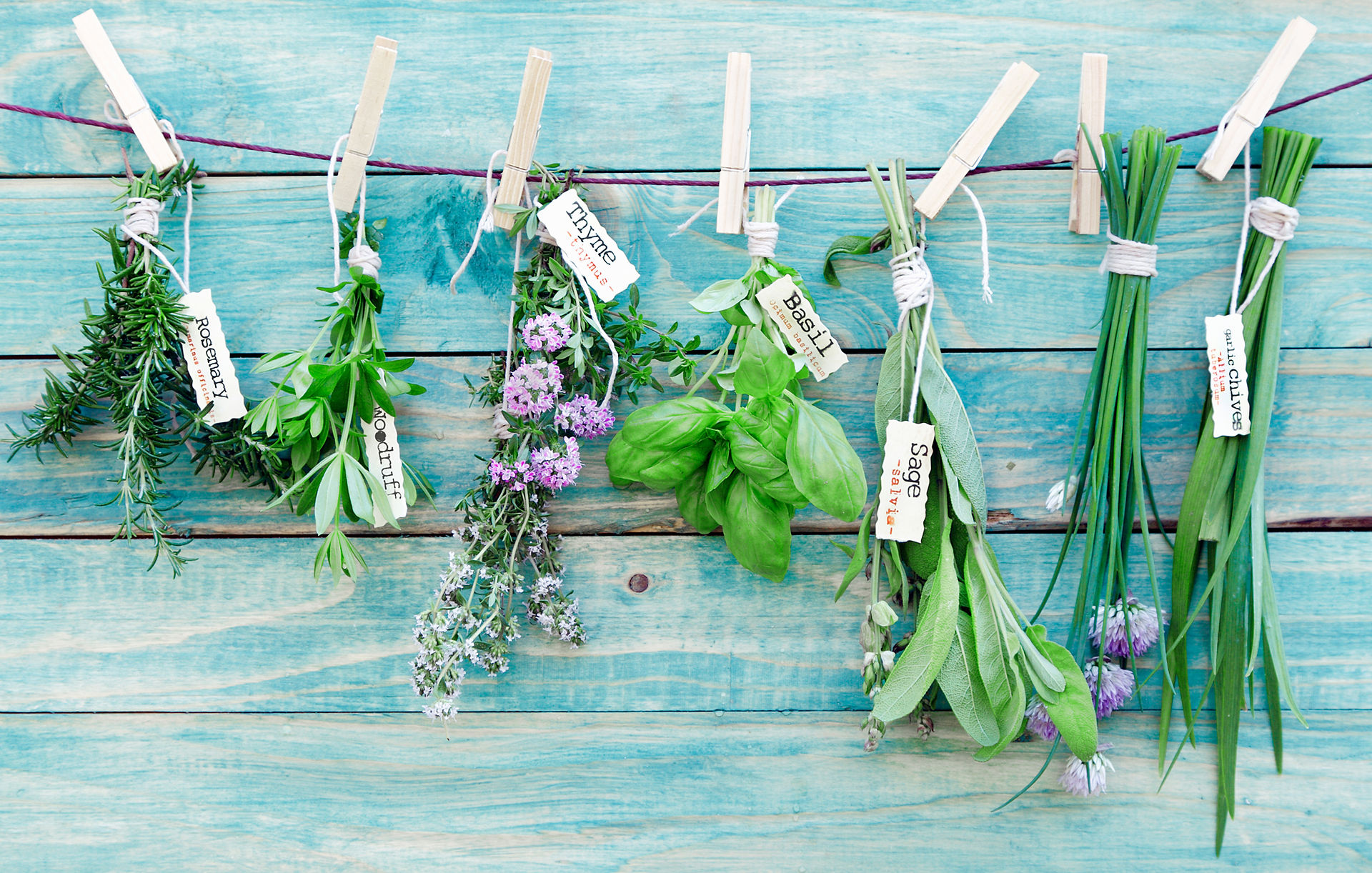All About Paprika
- Michelle Schwartz
- Mar 6, 2024
- 3 min read
Paprika contributes a warm, natural color and mild spiciness to dishes. Used commercially in cheeses, processed meats, tomato sauces, chili powders, and soups, it's also a key ingredient

in Spanish sausages (like chorizo), Hungarian goulash, chicken paprikash, and Indian tandoori chicken. Many Portuguese and Turkish recipes also rely upon paprika. It's often paired with cabbage, potatoes, and other vegetables.
While paprika will improve the appearance of an hors d'ouvre it's been sprinkled on, to release its flavor it needs heat (like people:)), preferably moist heat. That's why some cooks stir paprika into a little hot oil before adding to dishes. Also keep in mind that, because it has a high sugar content, paprika burns easily. So you won't want to add it to a dry pan.
I have always loved the color of paprika. My goal was to paint at least one wall in my shop this beautiful color. It didn't happen yet BUT maybe some day when my shop is bigger!

Spice Up Color & Flavor with Several Varieties
For such a common spice, there's a lot of mystery surrounding paprika. What is it exactly? How do you use it (besides sprinkling on stuffed eggs)?
Paprika is simply the ground pods of Capsicum annuum pepper plants bred for their rich red color and sweet flavor. One such variety is a sweet red pepper called the tomato pepper, but different varieties are grown in different regions, all having thick, red, sweet flesh. (Peppers originally used for paprika were typically hotter than those used today.)
You'll find US, Hungarian, and Spanish paprika. Most domestic paprika is grown in Texas and California. Smoked paprika, which is a top seller for me, is made from peppers that are slowly dried over a wood fire, yielding a rich, smoky flavor.
Where Does Paprika Come From? (This portion taken from spicesinc)
While paprika is closely associated with Hungarian cuisine, paprika peppers did not arrive in that part of the world until the mid to late 16th century. The origin of all peppers can be traced to South America, where they grew wild and were distributed throughout South and Central America, mostly by birds. Eventually, peppers were cultivated, and native traders traveling through these regions carried them across the Caribbean as cargo in dugout canoes.

When Christopher Columbus landed in the Bahamas in 1492, he was the first European to have an encounter with any sort of chile pepper plant. He brought the ancestor of all paprika back with him to Europe and specifically to his patrons, the Spanish monarchs Ferdinand and Isabella. The king and queen did not care for their fiery heat and sent them to a monastery to be studied. These monks sent them further along across Spain and Portugal. From there, chile peppers made their way across Europe. Some peppers stayed spicy but other European cultures experimented with their breeding and created the sweet and flavorful varieties of peppers that give us paprika today.
Does Paprika Contain Vitamin C?
YES! A Hungarian scientist ran out of supplies of vitamin C for his work in 1932. So he tested paprika peppers, abundant in his Hungarian city, and found them to be a rich source. He later won a Noble Prize for his work with vitamin C.
One teaspoon of paprika may contain up to 30% of the recommended daily amount of vitamin A and 4% of the recommended vitamin C and iron. It's probably going to be more difficult to use paprika as a vitamin source than just picking up an orange or tomato.
Some suggestions for cooking with paprika:
Sprinkle in tomato sauces, chili, soups, and stews.
Add to breading for chicken or fish.
Include in grain dishes.
Stir into cheese spreads. Or combine with yogurt and a little olive oil for an instant dip.
Add to marinades or use as a meat rub.
Sprinkle on potato wedges or other vegetables before roasting.
Yogurt Dip
Serve with whole grain crackers or fresh vegetables.
1/2 cup yogurt
2-4 tbsp. lemon juice or apple cider vinegar (If the yogurt is tart you may choose to omit the lemon juice/ACV.)
1 finely chopped green onion
1/2 tsp. kelp
1/2 - 1 tsp. paprika
1 minced garlic clove
Combine ingredients and refrigerate until ready to serve. Makes about 3/4 cup.








Comments